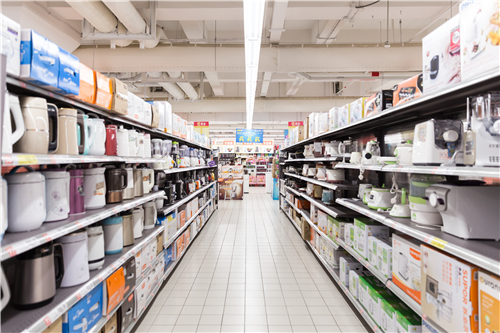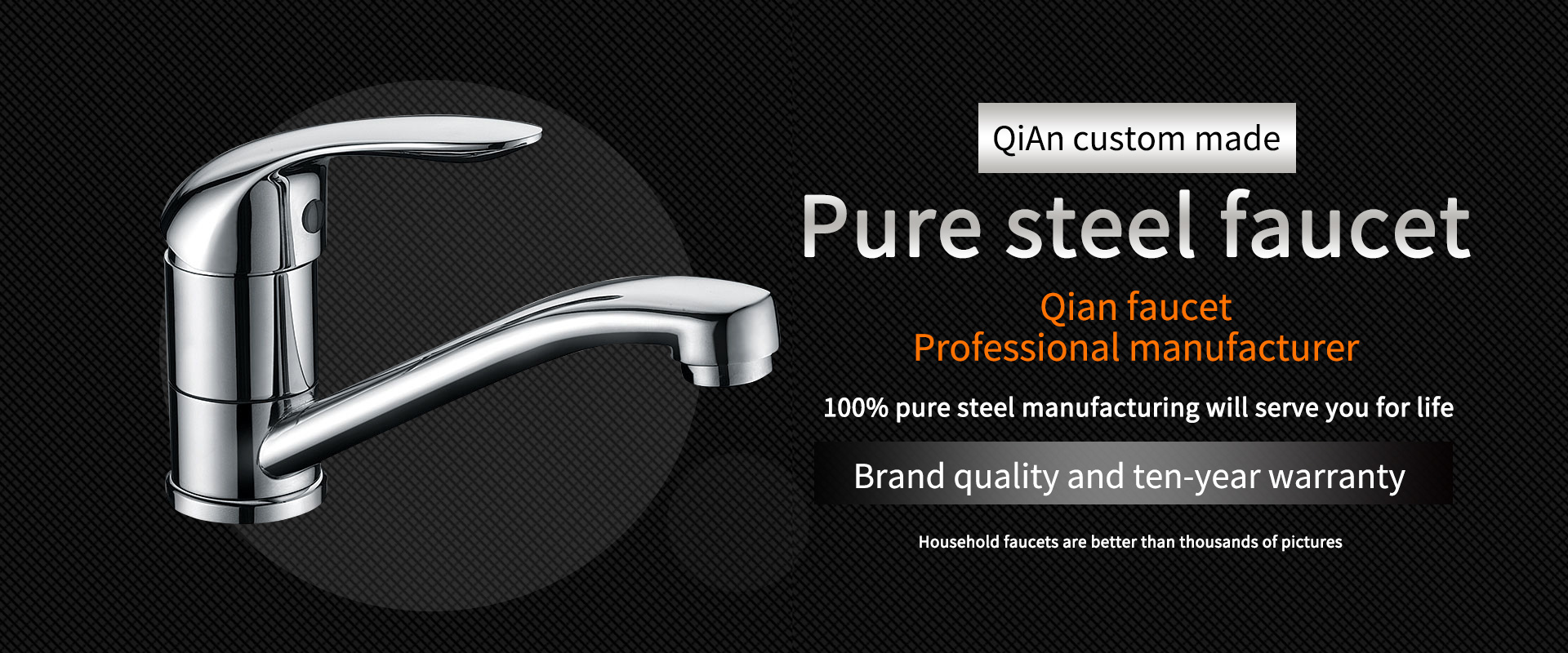What source of multi-category will become the next stop in the home appliance industry?
As not long ago, affected by the epidemic situation, TCL held an online press conference. At the press conference, it brought out more than 30 new products in five categories. Prior to earlier, Midea and Haier have also launched a "full-category" strategy, especially like the one that is equally popular in the field of small home appliances. Its products have basically achieved full coverage of family scenes. What will the multi-category bring them?

1. "Full coverage" + "Explosion", a new blue ocean in the home appliance market
The general environment of the home appliance market has already said that the sales of traditional products continue to decline, such as the color TV market. According to AVC data, the retail sales of China's color TV market in 2019 were 47.72 million units, a year-on-year decrease of 2%; air-conditioning products also welcomed from 2016 For the first time since the year of negative growth, shipments fell by 3.37% year-on-year; while in the category of small household appliances, which are frequent in new categories, they are rising against the market.
The decline in sales volume is not the biggest hit for the industry. Prices are also accompanied by the decline in sales volume. For example, color TV products have a retail sales of 134 billion yuan in 2019, a year-on-year decrease of 11.2%. The industry average price is 2809 yuan, a year-on-year decrease of 9.4 %, The lowest in ten years.
At present, the profit margin of traditional household electrical appliances is affected by the price war, which has been compressed to a very low level. Some products even have a profit of only about 5%. This has brought great trouble to the brand and the industry, and the new category is to expand the brand. A recipe for profit, after all, once one or more "explosions" are harvested, it is a new growth point.
For example, Xiao Xiong Electric has benefited from the "full army attack" in the small home appliance market, which brought its company's operating income in 2019 to 2.692 billion yuan, a year-on-year increase of 31.92%; net profit reached 260 million yuan, a year-on-year increase of 40.08%.
2. Not chasing the brand, chasing "freshness", a good way to increase influence
Rejuvenation of consumer groups is a concrete manifestation of consumption upgrade. Millennials and Gen Z are all regarded as the focus of market chase.
But their new group of consumers is clearly different from the "previous" users. They lack loyalty to the brand, but they are very keen on the pursuit of "fresh" things.
The new category of home appliances just meets their pursuit. In fact, since the early two years, the major platforms have focused their attention on them. For example, in 2017, Ali Research published "Attack, Generation Z" mentioned that "Generation Z consumption is not just to meet functional requirements. They hope to incorporate their emotions, preferences, and whimsy into consumption, from a simple consumer to a participant in product creation. "
In 2019, Tmall launched the "New Home Appliances Category" plan, joining forces with major brands to create more new products to attract young users. For brands, if young users cannot be "satisfied", it is also a good way to achieve a category breakthrough, as Midea and Jiuyang have done, either rice cookers, juicers, hot pots , The success of a new product can bring huge benefits or market influence.
3. Dual 5G + IoT drive, the more comprehensive the category, the greater the advantage
The advent of the 5G era is both an opportunity and a challenge for many industries. The home appliance industry is no exception. The launch of smart home is destined to have a huge impact on traditional home appliances.
Under the IoT ecosystem, the comparison is not only about quality, but quantity is also indispensable. After all, the more complete the category, the more compatible products are available, which means the greater the advantage.
The full range of IoT has become a battleground for the home appliance industry, and it can even be said that it will decide the future brand to stay. Ten years ago, a game between Miss Gree Dong and Xiaomi Rebbs ended with Xiaomi losing, but if this game is delayed for ten years, the outcome is not necessarily true.
Although Gree did not hesitate to go to the full-class circuit, Xiaomi's investment in the full IoT scene can be described as "outrageous" as large as air conditioning, washing machines, as small as sockets, induction cookers. Xiaomi is so determined that it is because he has eaten enough to suffer at the single track.
It can be said that today's Xiaomi provides a high-quality answer sheet for home appliance brands, and a complete copy can guarantee at least a pass.
3. After "multi-category", is the industry subverting itself?
After the home appliance brand moves from multi-brand to multi-category, and finally to the whole category, the home appliance industry is releasing a signal of self-subversion.
In the past two years, in addition to the continuing changes in brands and categories mentioned above in the home appliance industry, there is also a very common phenomenon, that is, the company name change.
The most recent one is TCL. On February 6, 2020, TCL issued an announcement stating that “In order to accurately reflect the company ’s business scope and operating conditions, and clearly explain the company ’s commitment to the strategic positioning of the world ’s leading technology companies, the company name was changed to“ TCL Technology Group "Co., Ltd." was previously called "TCL Group".
As time moves forward, in 2018, "Meiling Electric" was renamed "Changhong Meiling"; in 2019, "Skyworth Digital" was renamed "Skyworth Group"; "Qingdao Haier" was renamed "Haier Zhijia"; "Hisense Electric" was renamed "Hisense Video" .
As stated in the TCL announcement, the home appliance companies collectively changed their name, nothing more than two points, one is to better reflect their own business layout, and the second is to increase the brand imagination. In fact, this also reflects the "anxiety" of the entire home appliance industry.
At present, it is far more than the home appliance industry that is obsessed with "off-hat". The same is true in the smartphone market. Recently, OPPO announced that it will be involved in a wider terminal market, and it is expected that smart TVs will be launched in the second half of the year. At the end of last year, OPPO founder and CEO Chen Mingyong said, "OPPO needs to do more than a mobile phone company."
Earlier, many companies such as Huawei and Xiaomi have poured into the IoT track. For example, the proportion of Xiaomi's mobile phone business is declining, while the revenue of IoT and consumer products is steadily increasing.
It shows that enterprises have realized that the hardware market in the context of intelligence is only relying on individual products, channels, marketing and other capabilities, which is not enough to undertake the heavy task of market competition.
In the home appliance industry, some insiders analyzed that "the concept of" home appliance "is relatively old, and the market's perception of its value is relatively low." Therefore, whether it is Midea, Gree or Haier, TCL is "de-home appliance", and let itself be more suitable for 5G, AI, IoT and other labels.
It is true that only after diversifying the layout, reorganizing the industry chain, and relying on multiple categories to enhance user stickiness, traditional home appliance companies have a strength in the IoT era. It is difficult to gain market dominance.
to sum up
For the home appliance industry, the "multi-category" is not the end, but just the beginning. A game where players are still entering the market is about to start. It is foreseeable that the competition in the home IoT track will be far more intense than expected.



